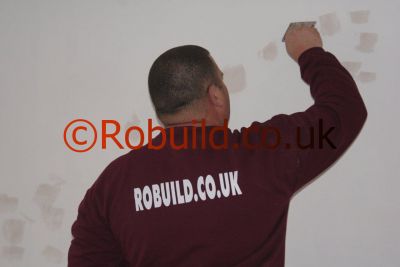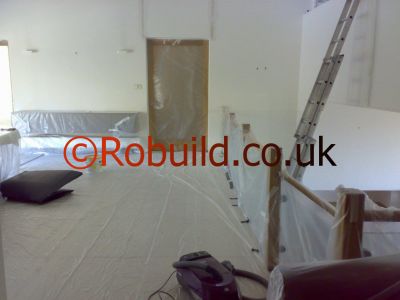London Painters and Decorators
We cover cover Greater London area. Our Painters & Decorators offer : all types of Painting & Decorating jobs, refurbishments, Internal Painting and Decorating, External Painting and Decorating.
Flats, Houses, Offices, Hotels, Restaurants, Shops, Commercial and Domestic.

Barking and Dagenham, Barnet, Bexley, Boroughs, Boroughs of London, Brent, Bromley, Camden, City of London, City of Westminster, Croydon, Ealing, Enfield, Greenwich, Hackney, Hammersmith and Fulham, Haringey, Harrow, Havering, Hillingdon, Hounslow, Islington, Kensington and Chelsea, Kingston-upon-Thames, Lambeth, Lewisham, london, Merton, Newham, Redbridge, Richmond upon Thames, Southwark, Sutton, Tower Hamlets, Waltham Forest, Wandsworth



